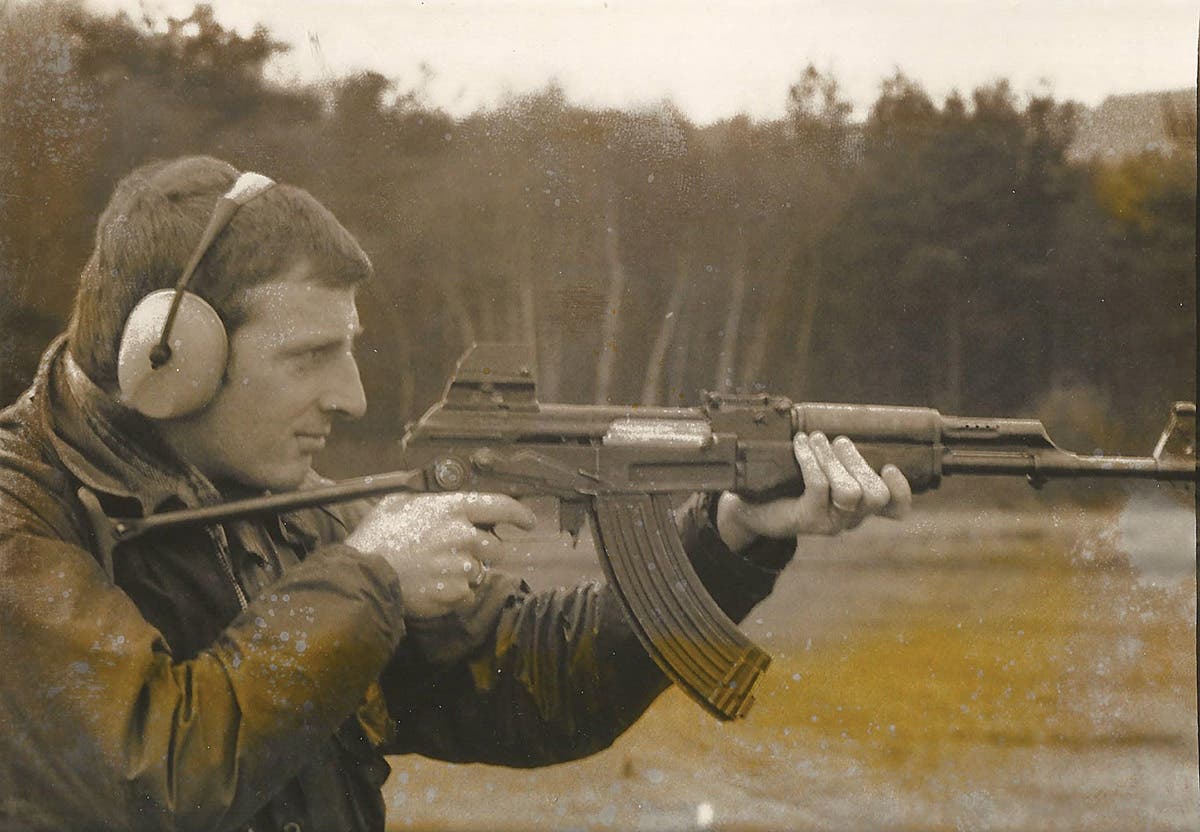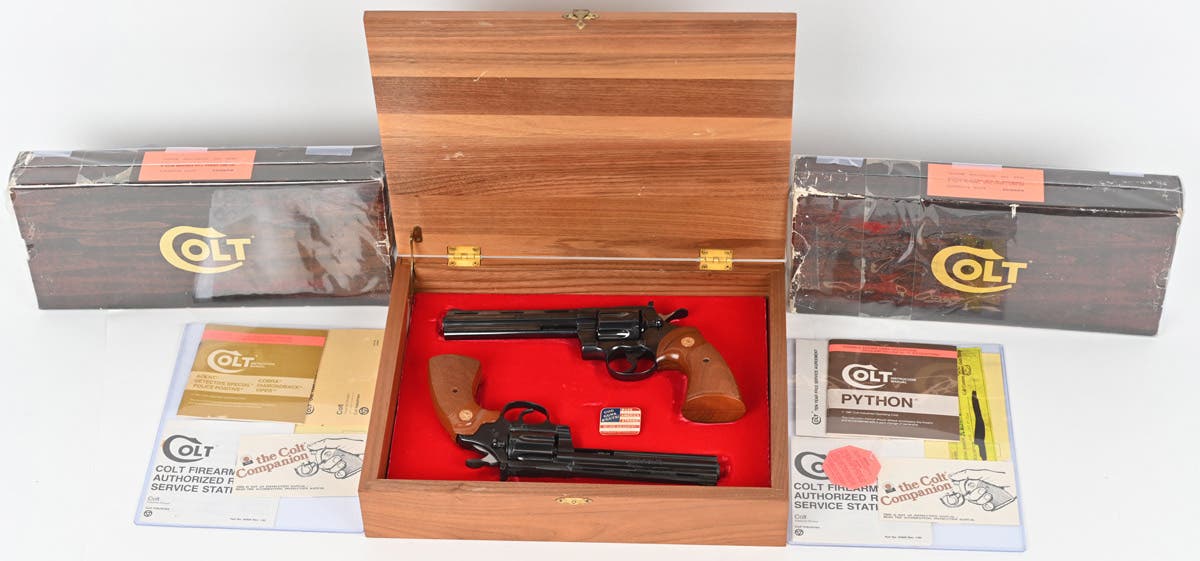War over whiskey
Whiskey Rebellion events relived in western Pennsylvania
The September 2022 issue of Military Trader ran a detailed article telling the story of a major rebellion in 1794 by Western Pennsylvania farmers and distillers against a whiskey tax imposed by the federal government. That event would become a major test of federal authority in the early days of the United States.
This newly imposed tax was particularly egregious to these early farmers, many of whom were veterans of the Revolutionary War. Many settlers felt that the federal government had failed to protect them from Indian raids or open access to the Mississippi River in order to transport their produce down river. It was a particularly “obnoxious” tax since many of the farmers grew rye and distilled it into whiskey, providing enough cash for the necessities of life. Many of the protesters used violence and intimidation to prevent federal officials from collecting the tax.
With this in mind, on Sunday July 21, 2024 a major re-enactment of two major battles of the Whiskey Rebellion took place at the Woodville Plantation located in Collier Township south of Pittsburgh. This plantation home built by John Neville and appointed as the local tax collector by George Washington, is considered the oldest building constructed as a home in Allegheny County. Living within several miles of the Woodville Plantation, I was excited to see the re-enactment of fighting at the Bower Hill Plantation (second home of John Neville) which took place on July 16-17, 1794. The Bower Hill home was located within several miles of Neville’s first home at the Woodville Plantation.
In the early morning of July 16, 1794, 50 angry and armed farmers approached Neville’s home and demanded that he turn over the tax records for the federal excise tax on whiskey. When Neville refused their demands for the records and to end issuing summonses, gunfire was exchanged and several farmers were shot, one fatally. The farmers decided the house was too well fortified and retreated down the hill. Later in the day and into the next morning additional farmers and protestors arrived, under the leadership of John McFarlane, a Revolutionary War hero. Now numbering about 500 rebels, they moved up the hill and took positions 100 yards from Neville’s Bower Hill Plantation. Unknown to the rebels, Neville was hiding down the hill in a ravine and now had 10 soldiers inside the house to defend the plantation.
Firing from both inside the house and by the rebels commenced for a brief moment before, under a white flag, the rebels again demanded Neville’s documents. After the rebels realized that the house was being protected by U.S. soldiers from Fort Fayette in Pittsburgh, another exchange of gunfire began. The rebels requested that women and children be allowed to evacuate to safety down the hill to Neville’s Woodville first home, in order for the battle to commence. More gunfire followed and several temporary truces were called.
In one of the truces late in the day of July 17th, McFarlane saw a white flag waving from the house. He stepped from behind a tree to order the rebels to stop firing and in that moment was struck in the groin by a musket ball and died instantly. At this point the angry rebels began burning all the estate’s outer buildings, with the soldiers inside defending Bower Hill now realizing the situation was hopeless and surrendered.
Over the next month into August, many additional rebel advances, including a march by militiamen and protestors to take the city of Pittsburgh (which ended peacefully under the advisement of Albert Gallatin). President Washington’s patience eventually came to an end and he ordered militia troops from neighboring states numbering 12,000 men to what is now the city of Monongahela.
Albert Gallatin’s eloquence in speaking to the protestors helped bring a peaceful ending to the Whiskey Rebellion and the farmers finally returned home. The whiskey tax still was hard to collect and was later modified by Congress to make it more agreeable and affordable. When Thomas Jefferson became president he completely repealed the tax.
The 2024 Whiskey Rebellion event at the Woodville Plantation included not only the re-enactment of both days of fighting at Bower Hill, but provided musket firing demonstrations and music of the regiment. The original Neville house at the Woodville Plantation also was open for tours to see the original furnishing of the oldest house in Allegheny County. Large crowds of adults and children turned out along with large numbers of re-enactors in full period dress.
David Burrows is a retired educator and life long military collector. He started collecting as a teenager. David was a physics teacher for 37 years with the Pittsburgh Public schools. He is a frequent contributor to Military Trader as well as the OMSA Journal. His other passion with British cars has resulted in many feature stories both in US publications as well as international publications over the last 30 years.





